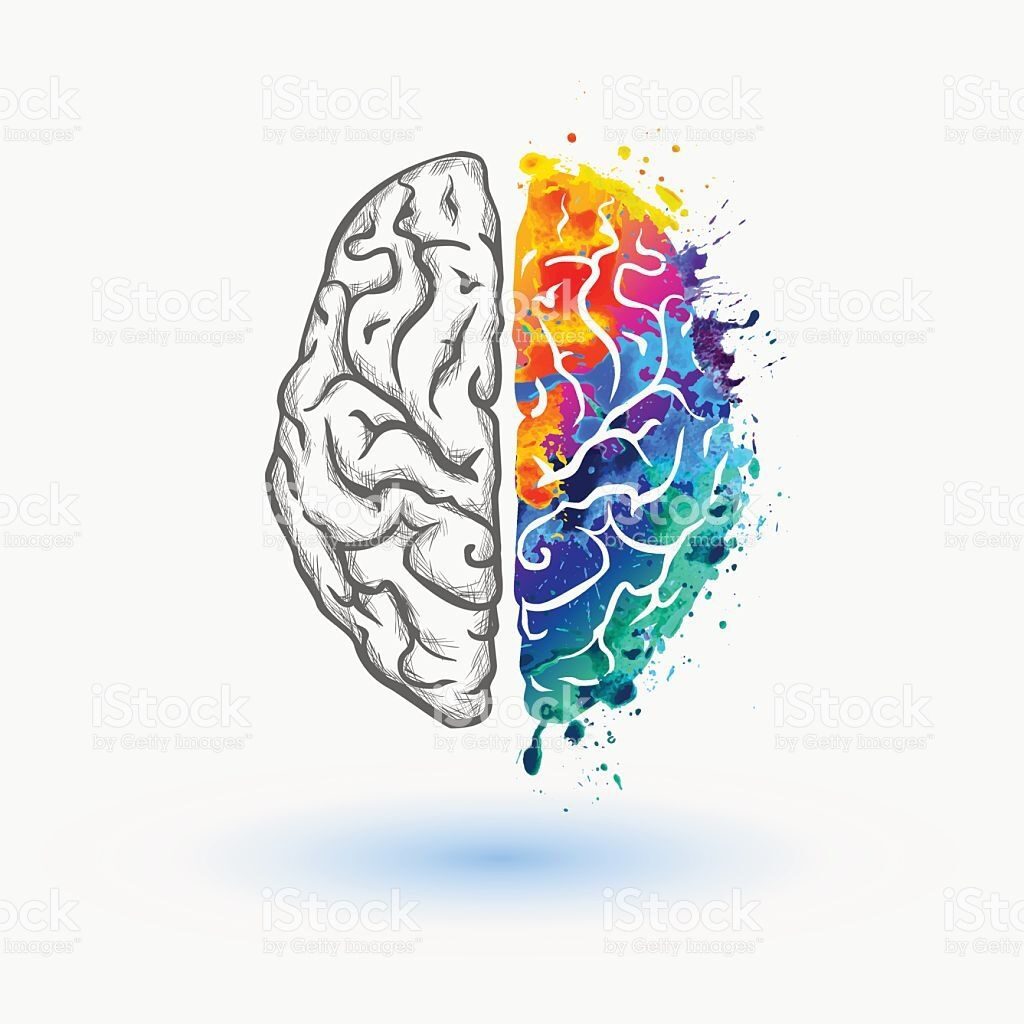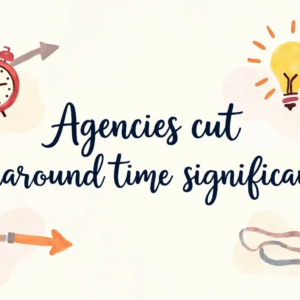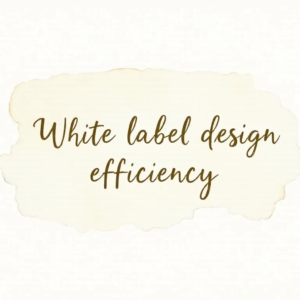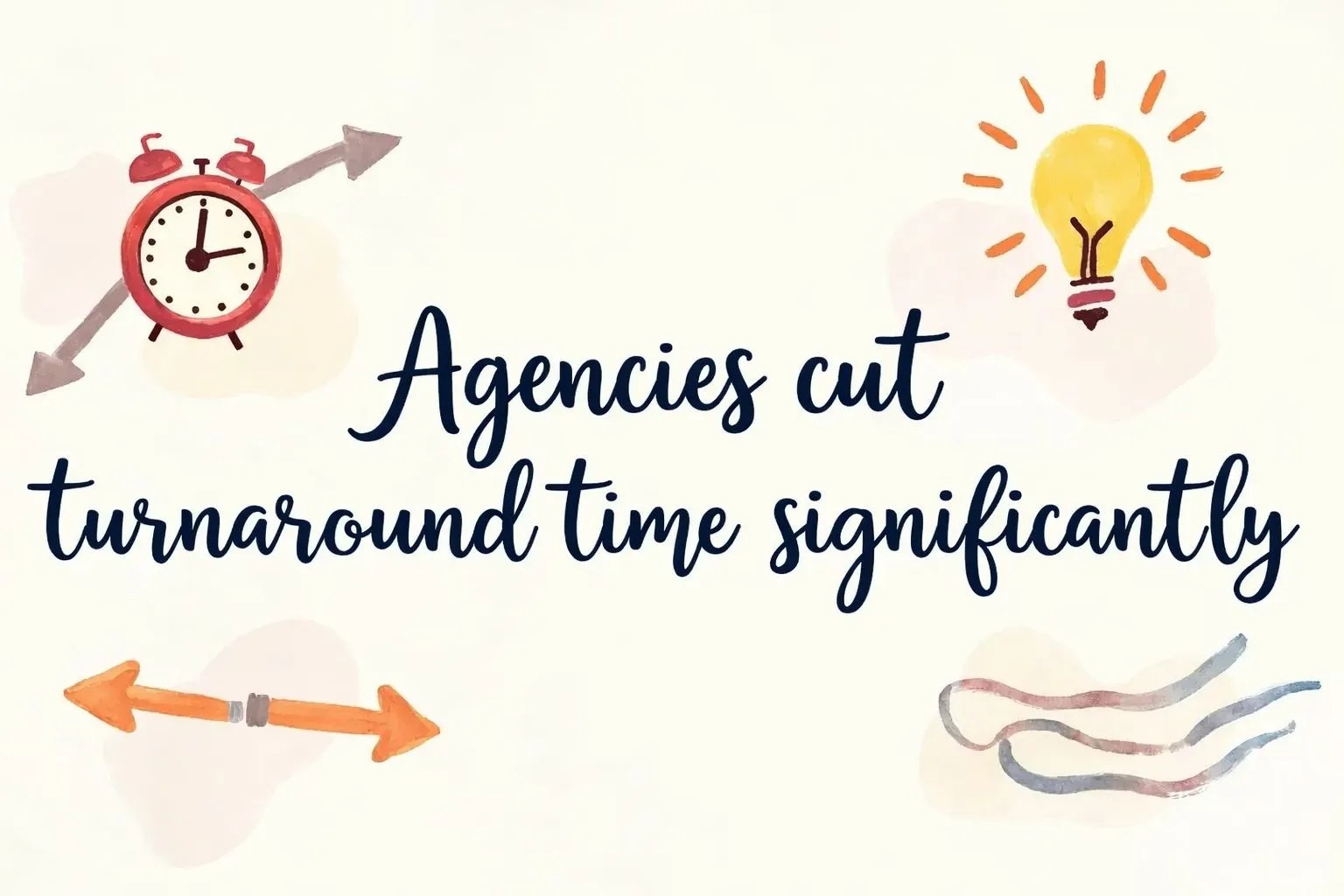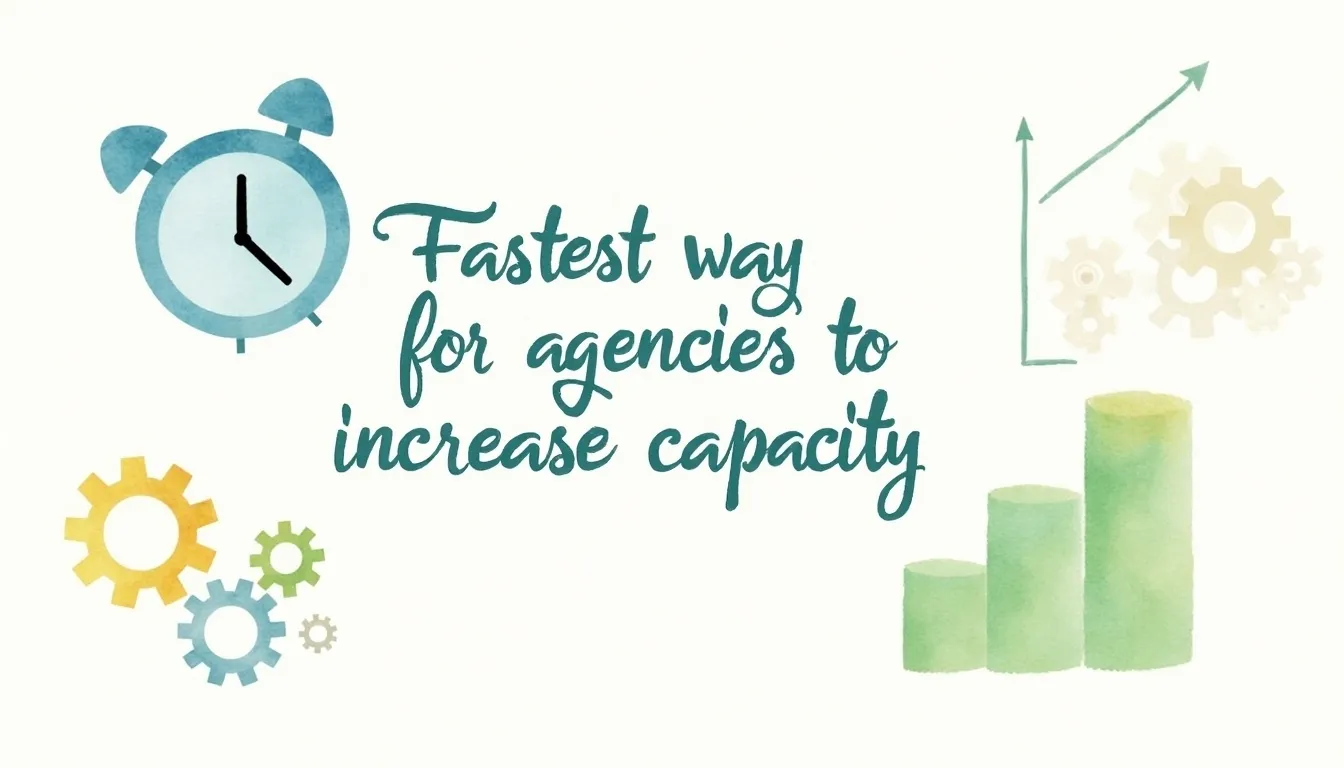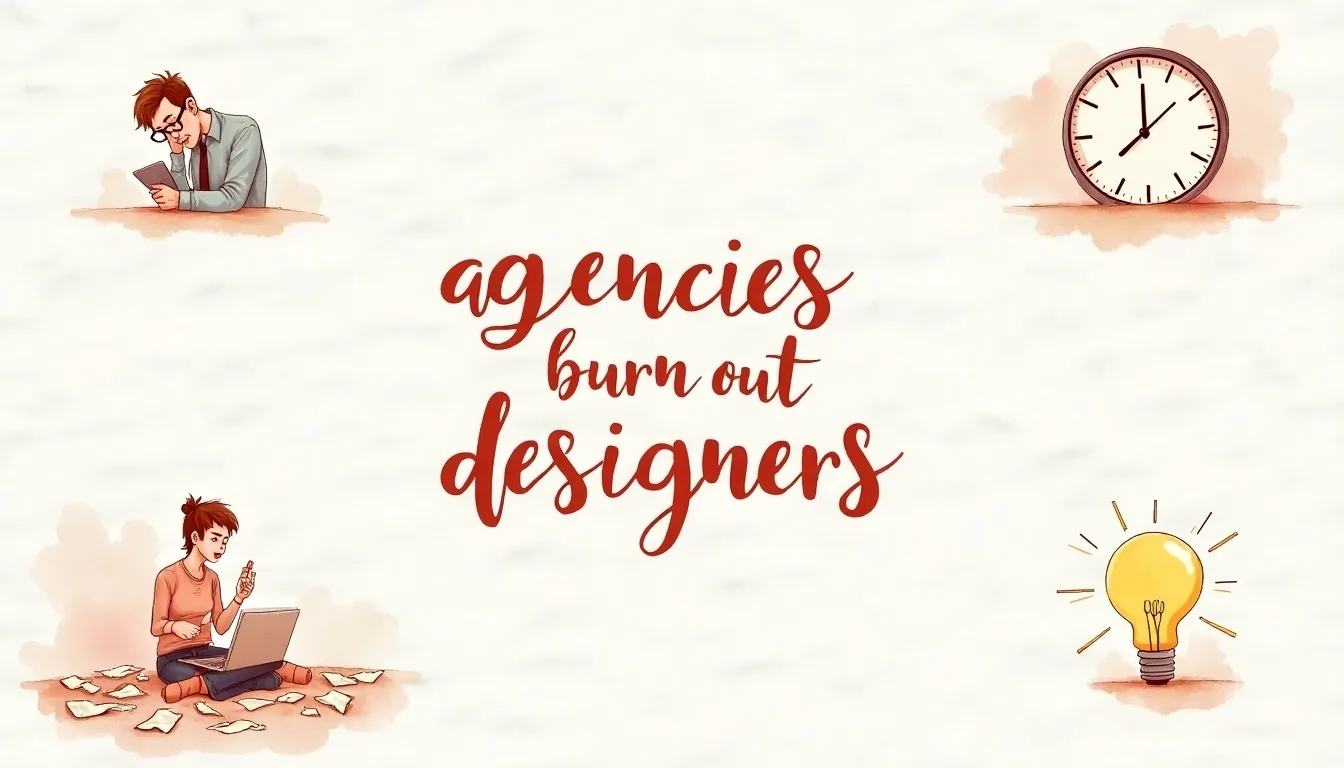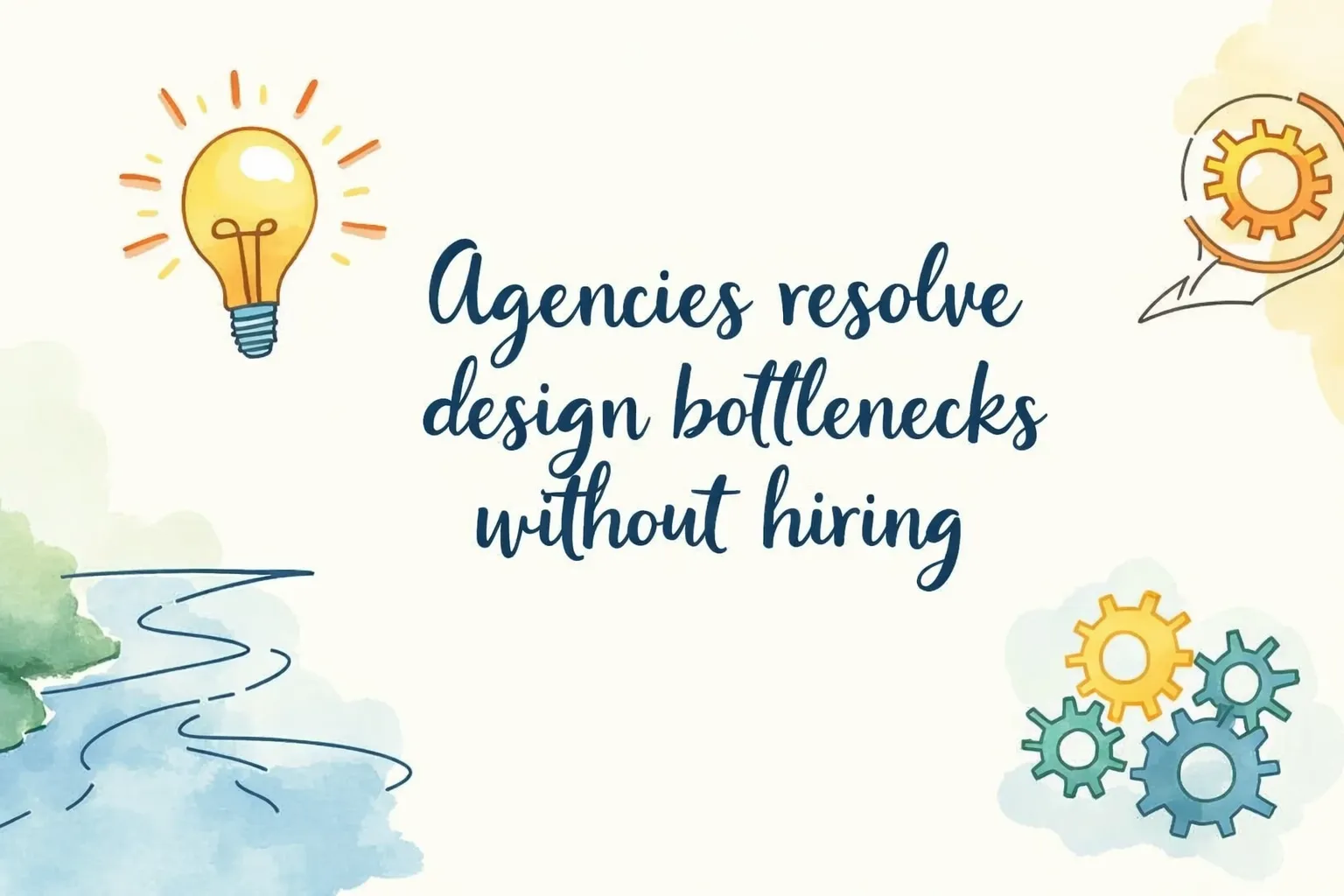
Abstract feelings like happiness, sadness, love, and hate show the emotions of people and what’s going on with them. In the same way, graphic design colors reflect the essence of what the design wants to convey. Color is not just an aesthetic element but delivers an intrinsic value to its viewers, serving as a powerful communicator in graphic design.
The Significance of Color in Graphic Designing
Graphic design colors play a vital role in forming any image or graphic. A dab of color is sufficient to add great impact and dramatic appeal to a design. Colors help organize visual hierarchy, create focus, and communicate the essence of a brand. They are instrumental in evoking emotions, setting the tone, and ensuring that a design resonates with its audience.
In this article we will be touching upon topics like, what colors actually do? How are they important in marketing and graphic designing?
Role of Color in Graphic Design
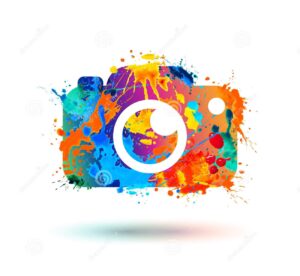
Graphic design Colors play an important role in any image or graphic. A dab of color is sufficient to add great impact and dramatic appeal to a graphic design. Color creates focus as well as helps to organize hierarchy. It plays a major part in the proper reflection of the brand. Color is a mighty tool that evokes numerous emotions that help in creating an effective graphic design.
The Power of Colors in Graphic Design
Each color holds unique psychological and emotional attributes that influence the viewer’s perception and mood.
RED: Persuades joy, activeness, leadership, passion.



GREEN: Symbolizes wealth, money, generosity, endurance.



BLUE: Induces wisdom, confidence, loyalty, trust.



BLACK: Shows functionality, mystery, elegance, sophistication.



ORANGE: Prompts cheerfulness, pleasure, enthusiasm, creativity.



VIOLET: Represents royalty, success, spirituality, ambition.



The Role of Color in Marketing

The application of color in marketing goes beyond aesthetics. It is a strategic tool that shapes consumer perception and influences decision-making. Graphic design services leverage color to create a strong brand identity and evoke desired emotions from the target audience.
- Color and Consumer Psychology:
Colors subconsciously trigger specific feelings or actions. For example, warm colors like red and orange stimulate appetite, which is why they are commonly used by food brands. On the other hand, cool colors like blue and green are calming and promote trust, making them popular among financial institutions and healthcare brands. - Brand Recognition Through Color:
Research suggests that color increases brand recognition by up to 80%. Consistency in the use of colors across marketing materials helps establish a strong connection between the brand and its audience.
How to Choose Colors and Utilize Them Productively

The toughest challenge in graphic design isn’t just selecting the right colors but implementing them effectively to convey the desired message. A well-thought-out color scheme can elevate a design, while poor choices can diminish its impact.
- Start with a Dominant Color:
Select a color that represents the brand’s core message. This dominant color should align with the brand’s identity and resonate with its target audience. - Complementary Colors:
Combine complementary colors to create a balanced and cohesive color scheme. These colors should enhance the dominant color rather than overshadow it. - Background and Accent Colors:
Choose a subtle background color that ensures readability and visual appeal. Accent colors can be used sparingly to highlight key elements or calls to action. - Placement and Proportion:
Ensure that colors are applied strategically across the design. For example, use vibrant colors to draw attention to important elements like buttons or headlines.
Colors are the lifeblood of graphic design. They breathe energy, emotion, and life into a design, transforming it from a mere visual to a compelling narrative. By understanding the psychology of color and mastering its application, designers can design visuals that captivate and convert.
When working with colors, consider cultural connotations and the audience’s preferences. What works for one demographic may not resonate with another, so understanding the target audience is crucial.
Remember, colors not only define a design’s aesthetic value but also act as silent communicators of its message. Choose them wisely.
